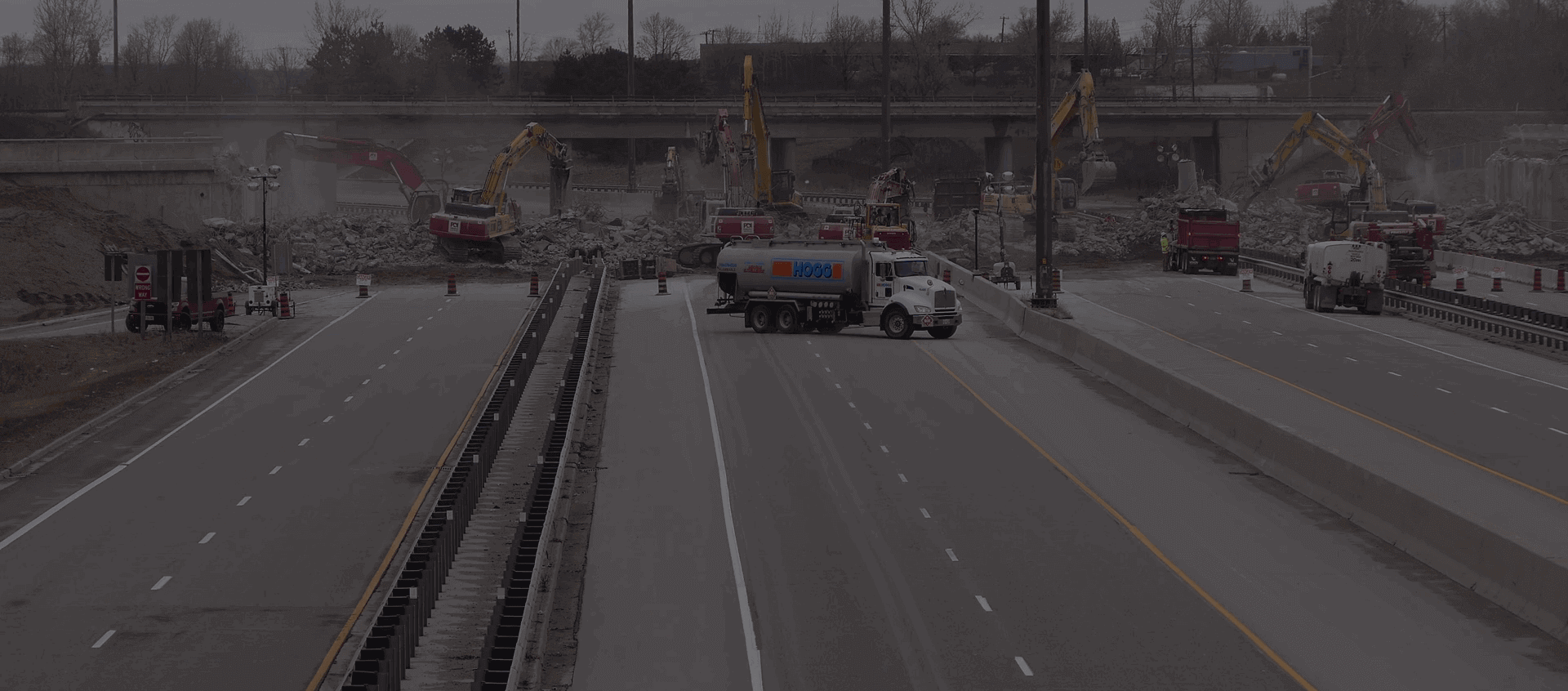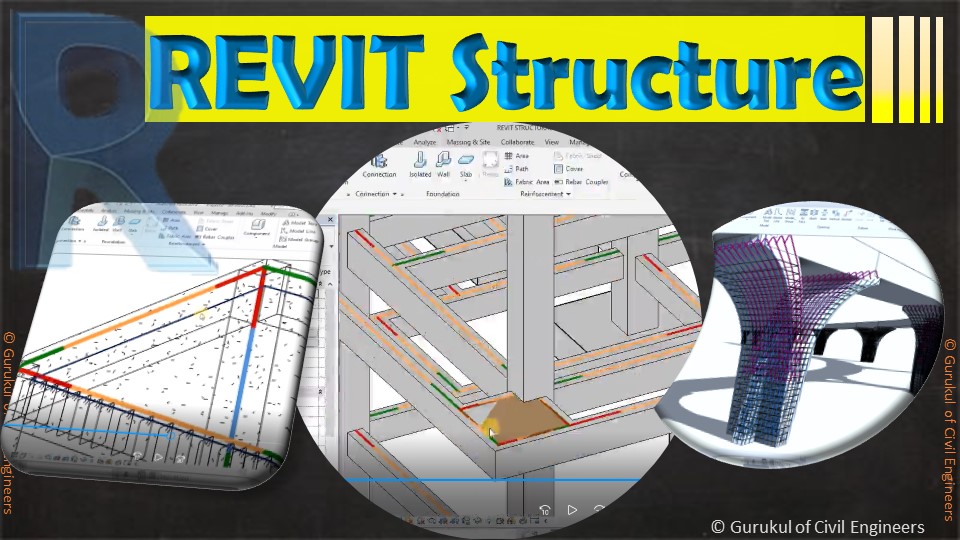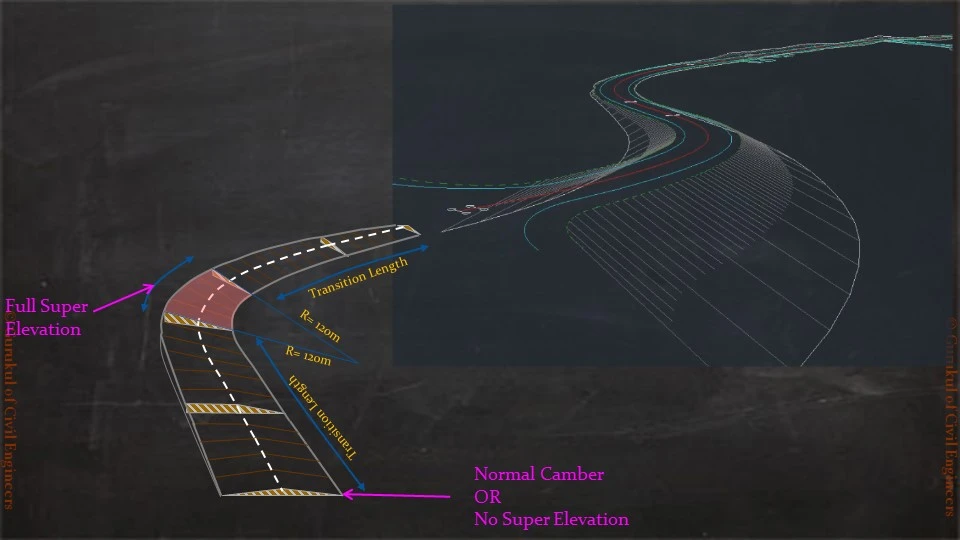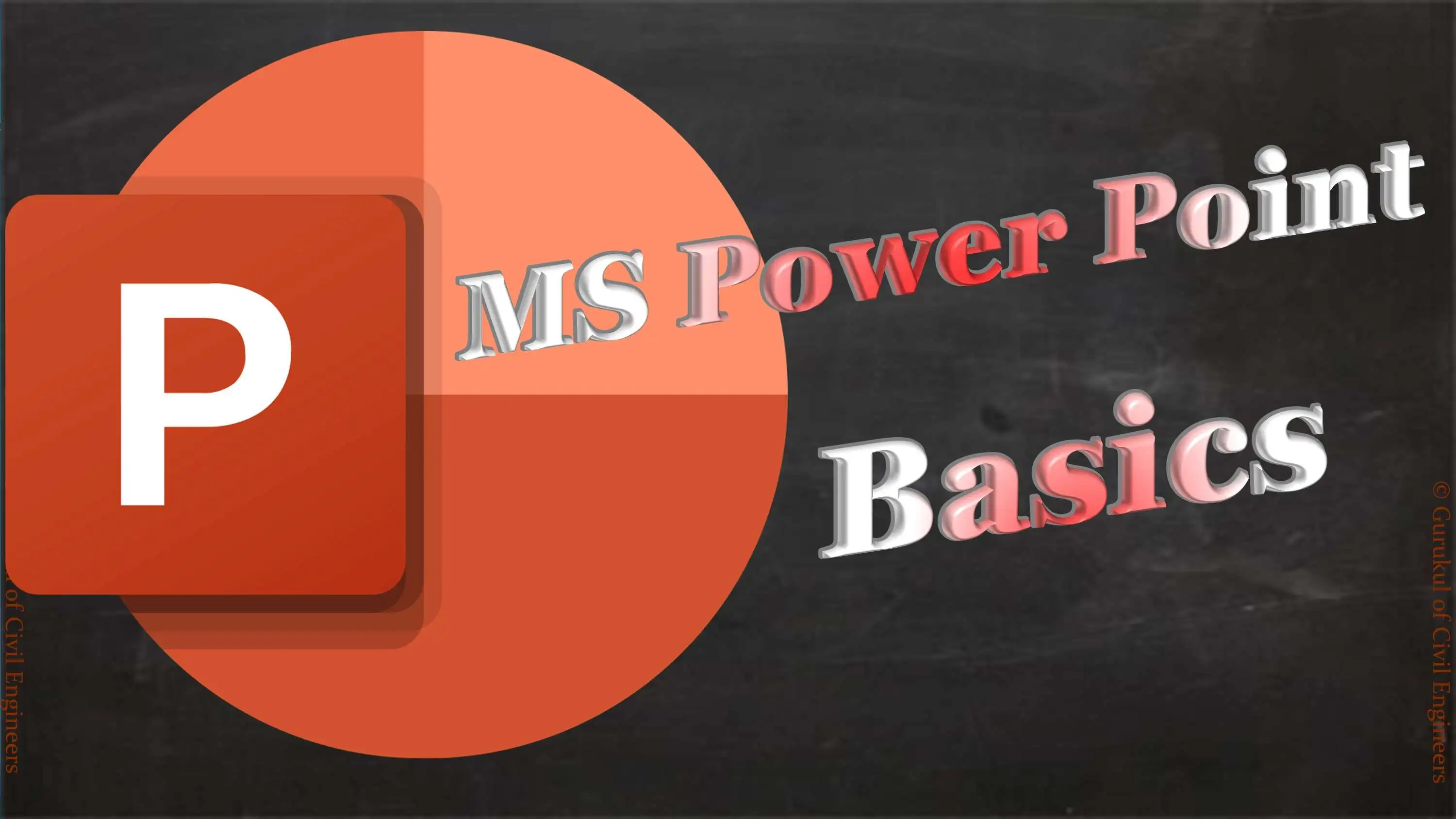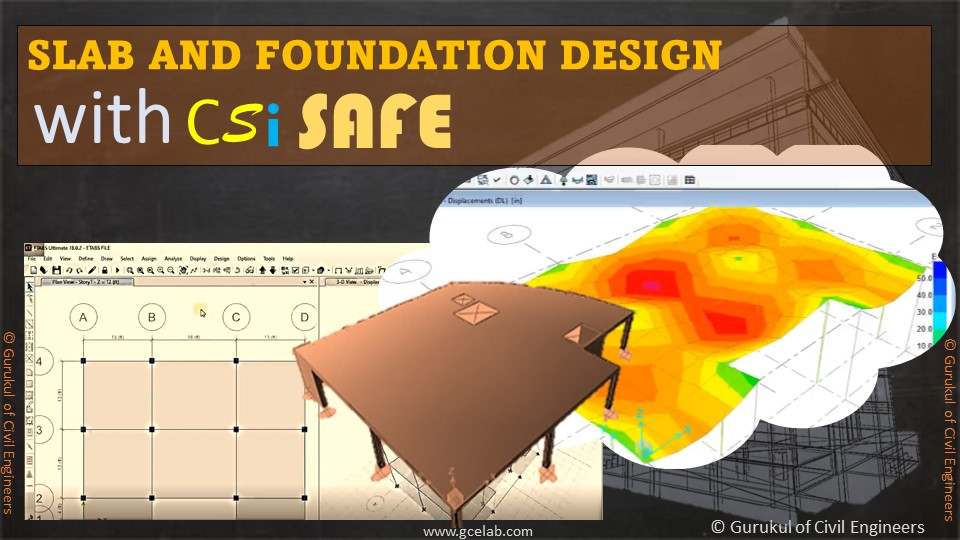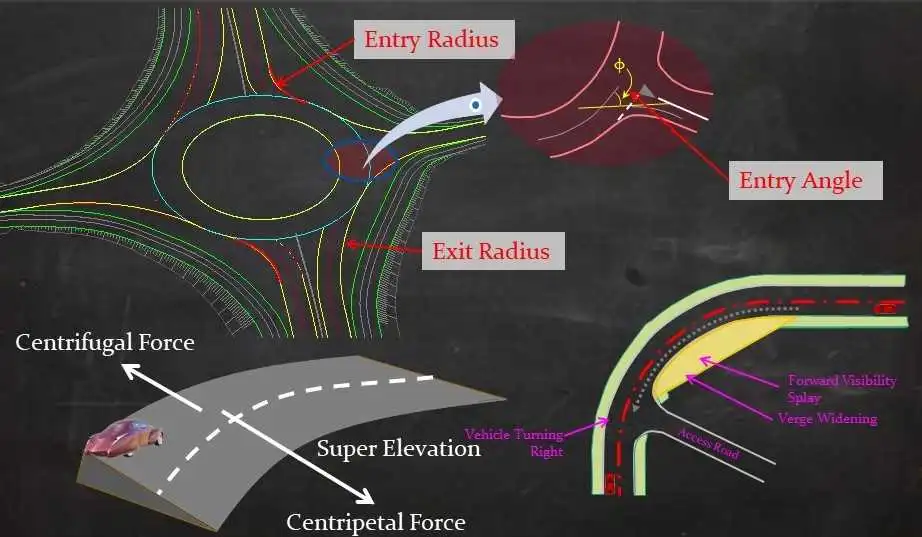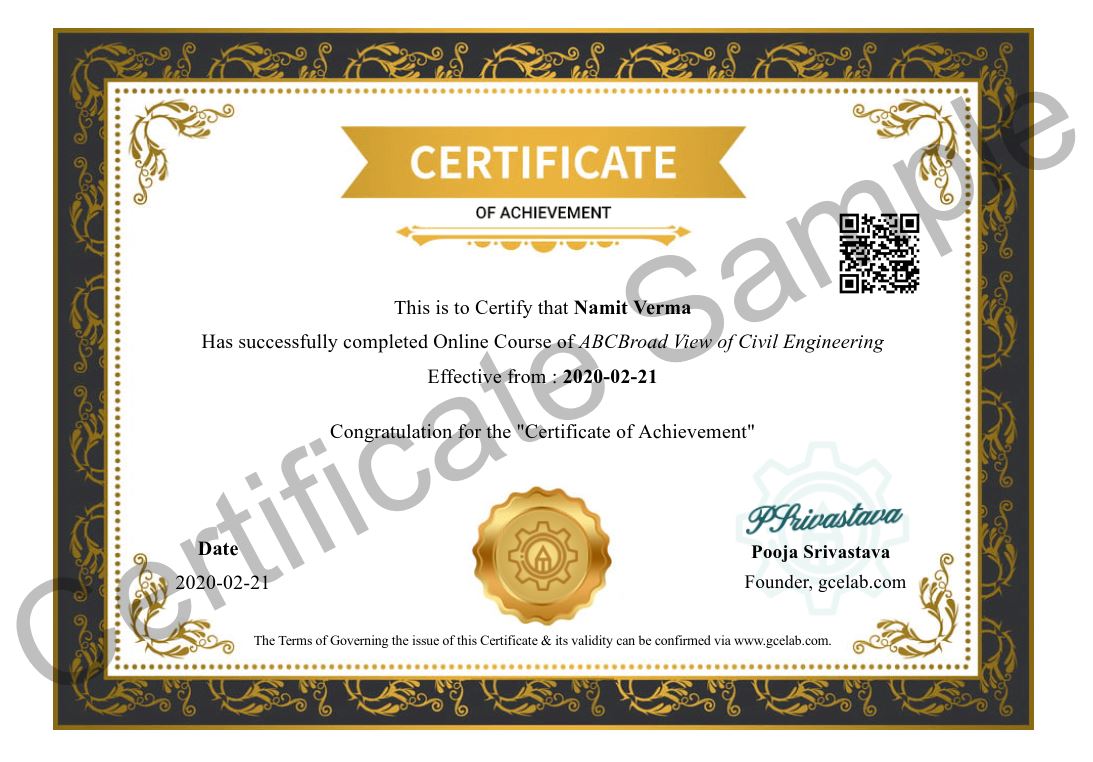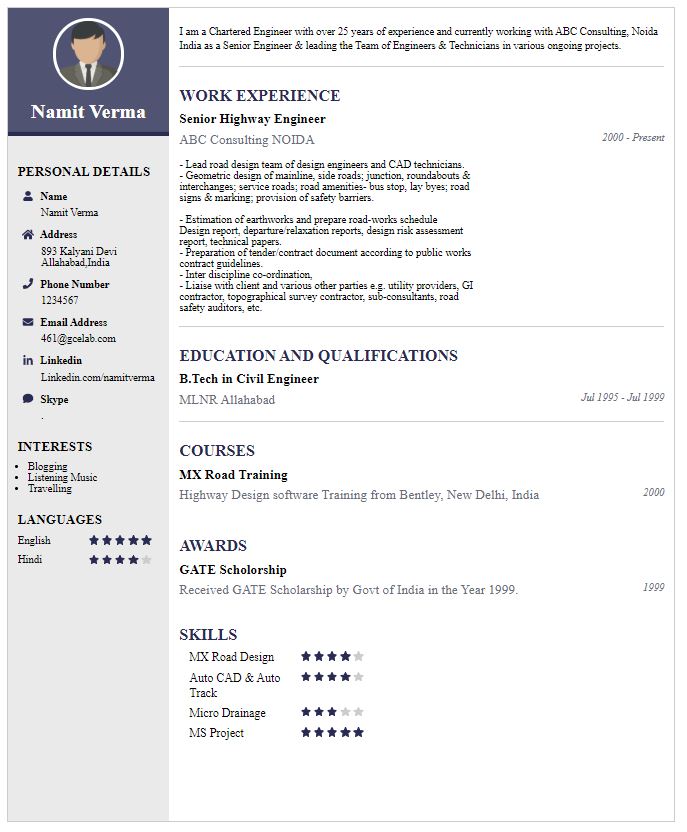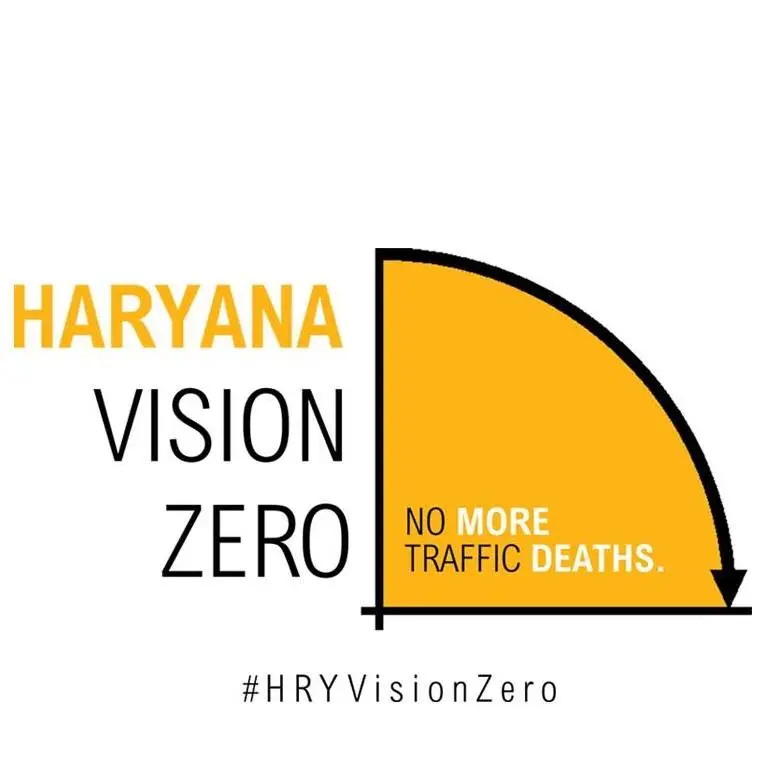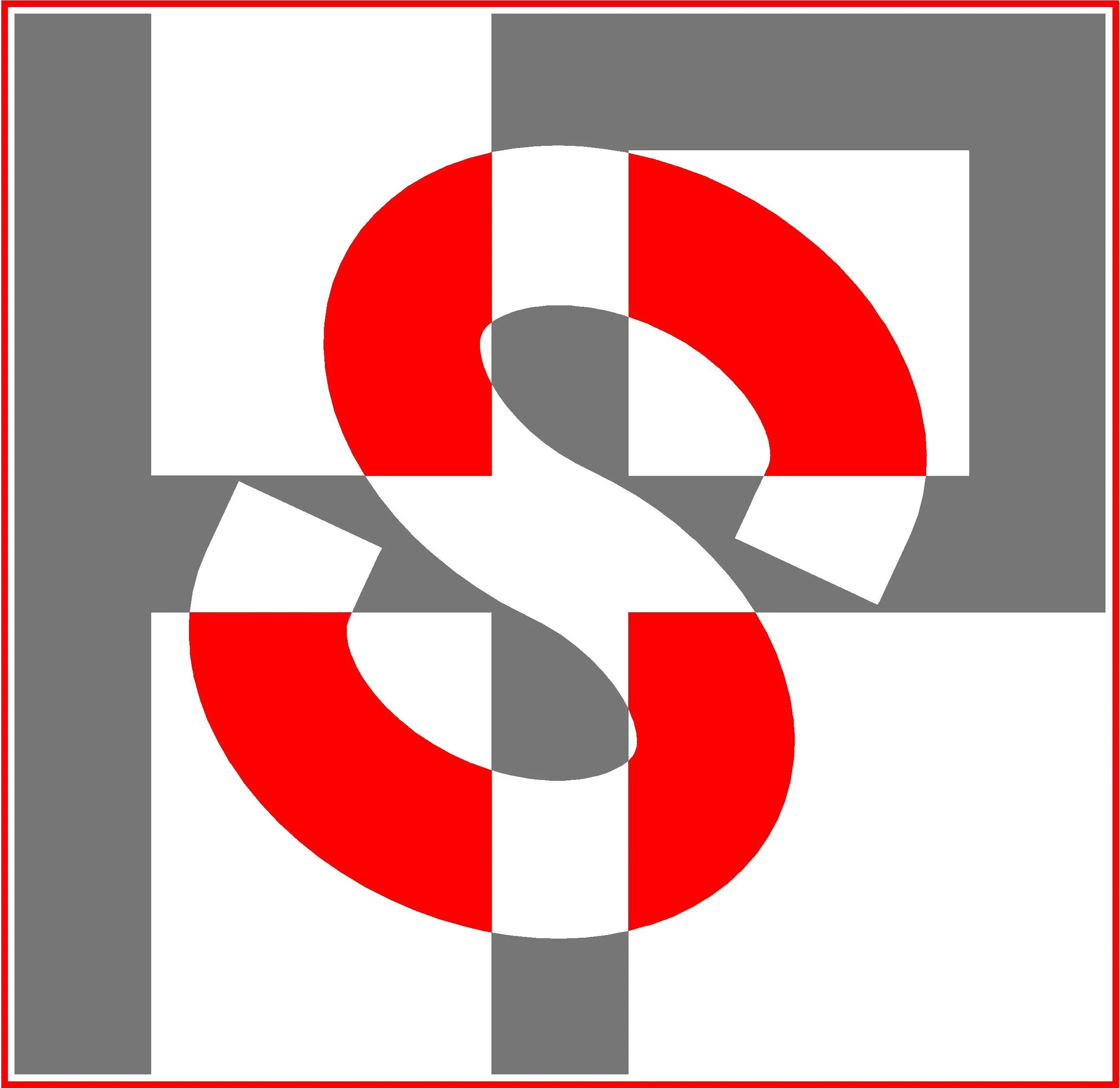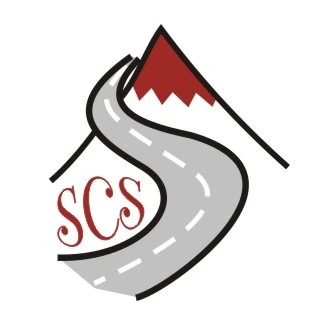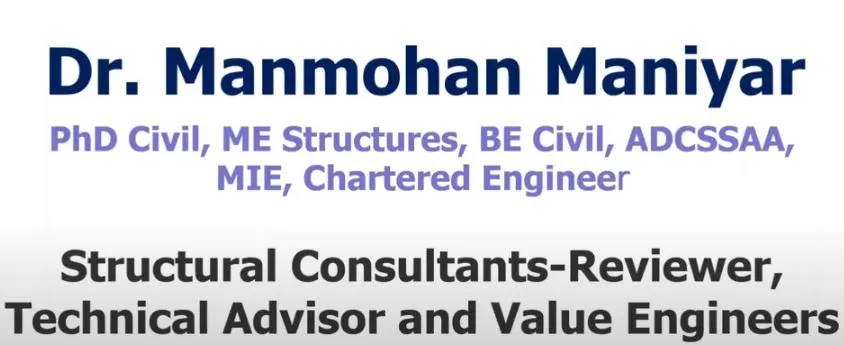About Courses
Civil 3D Highway Design - Basics
Highway
Design with
Autodesk
Civil 3D
software is
in demand
globally and
a good
understanding
of the Civil
3D software
plus
knowledge of
design
standards
can surely
help
engineers to
fast track
their career
as highway
design
engineers.
Our Civil 3D
course
modules are
designed to
cover all
key aspects
of design
right from
getting
started with
opening
window,
familiarity
with tools,
dropdowns,
etc to
importing
ground
survey data,
horizontal
alignment
design,
vertical
alignment
design,
assembly
creation,
corridor
modelling,
and
generating
final 3D
model
outputs.
The first
module
starts with
getting
started with
the Civil 3D
start-up
window,
quick access
toolbar,
dropdown
option
settings,
etc. The
module then
opens the
Civil 3D
metric
template and
explains all
the ribbons
such as
ground data,
design data,
profiles,
etc. Civil
3D is
template-based
software,
therefore
templates
are created
and saved in
tool space
pallets and
course all
the menu
options of
the pallet.
The module
also covers
drawing
setting,
unit
transformation,
object
layers,
etc.
The second
module
covers
importing
ground
survey data
into
Civil3D. the
module
covers three
types of
data
importing
methods
(topo
survey, land
XML, and
lidar
coordinates
(x,y,z)).
When
importing a
CAD file,
first all
layers are
isolated and
then
imported to
Civil3D.
The module
explains the
land XML and
lidar data
transfer
process in a
detailed
manner.
After
transferring
data, the
module
demonstrates
how to
create the
ground
surface
model.
The third
module
demonstrates
how to
analyze the
surface,
refine the
surface and
remove the
errors like
null levels,
zero levels,
etc. Then it
covers how
to trim
falls
surface area
that sits
outside the
project road
boundary.
The module
demonstrates
how to
create
different
surface
types using
tool pallets
e.g
contours,
ground
surface,
etc, and
finally how
to check the
ground
level,
profile and
sections
dynamically.
The fourth
module
commences
with
horizontal
alignment
design in
Civil 3D and
covers 4
types of
horizontal
alignment
design i.e
centreline
alignment,
offset
alignment,
curve return
alignment
and
miscellaneous
alignment.
Create
alignment
from the
layout or
predefine
polyline or
import the
alignment
from other
software or
file. The
module also
covers the
quick
alignment
design
method and
setting the
line style,
curve style,
transition
style, point
style, etc.
The fifth
module
covers
alignment
design with
Element
Method. The
module
demonstrates
fixed
tangent,
floating
curve with
transition
length,
fixed curved
with
transition
length,
fillet curve
and reverse
curve design
for various
design speed
criteria.
The module
demonstrates
some tips to
minimize
abortive
work (when
the
amendment is
needed) when
designing it
with the
element
method.
The sixth
module
explains the
vertical
design
process of
the proposed
centreline.
For that,
first, we
import the
ground model
land XML and
then start
the profile
creation
process. The
module
describes
how to fix
the setting
of the
profile
creating
window. The
vertical
profile can
be created
by the quick
method and
element
method. Both
methods are
described
methodically
for easy
understanding.
The module
also
explains how
to set the
profile band
to show
chainage,
ground
levels,
proposed
road levels,
superelevation,
etc.
The
seventh
module
describes
how to
create an
annotation
for the
profile
drawing
production
and how to
make them in
a
presentable
format. It
shows how to
show curves
and
gradients
details
within the
profile
section and
how to
create bands
at the lower
section
showing
chainage,
proposed
levels,
ground
levels,
superelevation,
horizontal
alignment
details,
vertical
alignment
details,
etc. The
module also
covers how
to change
grid style,
font style,
line type,
datum
levels, etc
The Eighth
module describes
the process
of creating
cross-sections
on the 3D
model. Here
module
starts with
assembly
creation and
it
demonstrates
two types of
assemblies,
dual
carriageway
assembly
(without
central
median) and
dual
carriageway
assembly
(with
central
median). It
demonstrates
how to
create
assemblies
from tool
pallets.
The ninth
module
describes
the process
to review
and
analyzing
the
corridor. It
explains how
to visualize
the corridor
against
cross-section
assemblies,
how to fix
the errors
in the
corridor,
and how to
make it in a
presentable
format.
The tenth
module
described
how to
create
retaining
walls
profiles in
place of the
embankment
and
describes
how to
generate
cross-sections
from the
design
model.
Read more
